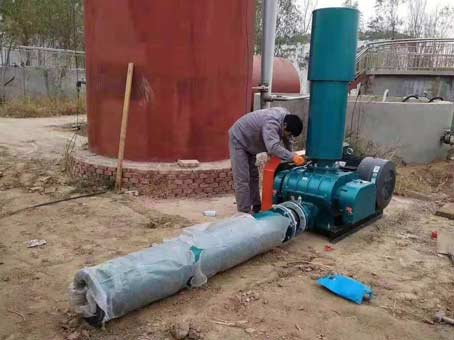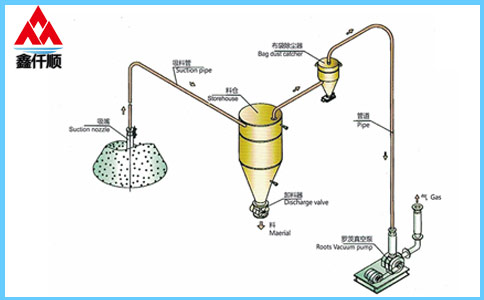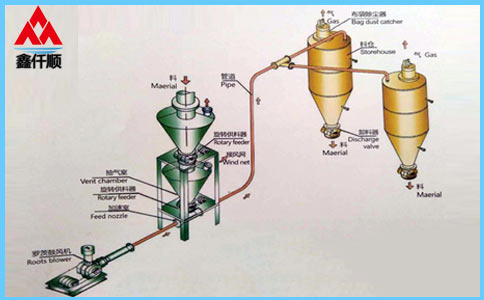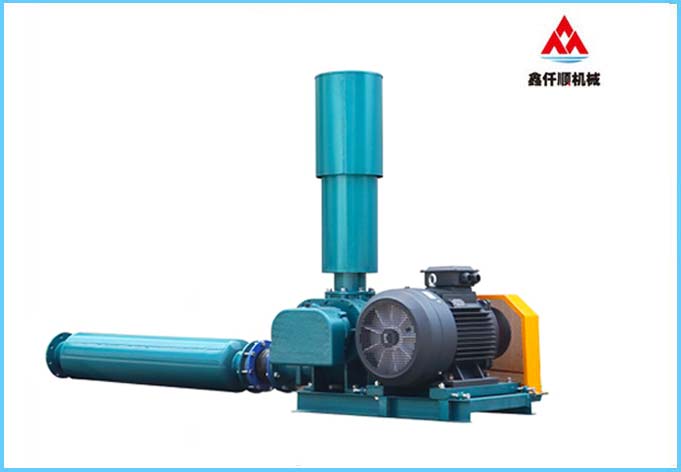What are the technical steps for the commissioning and installation of Roots blower? Remember the following four points!
Source: Roots blower manufacturer
Published on: February 25, 2022
Hits:

Related information
-
How to repair the surface defects of Roots blower impeller? -
How to remove the bearing of Roots blower? -
What principles should be followed in the maintenance of three leaf roots blower? -
How to handle the wrong lubricating oil for Roots blower? -
Performance characteristics and maintenance of Roots blower for aquaculture -
How to select appropriate Roots blower aerator for aeration in aquaculture? -
What principles should be followed in the maintenance of three leaf roots blower? -
Notes on installation of safety valve of three blade roots blower -
Introduction to the Main Causes of Abrasion of Three blade Roots Blower Impeller -
What causes Roots blower tripping?
Xinqianshun's latest products
Random articles
-
What is the relationship between pressure and current of high-pressure water-cooled Roots blower? -
Three blade or two blade roots blower? -
Main reasons affecting the pumping capacity of three blade roots blower -
Phone number of Roots blower manufacturer -
How much is a Roots blower? What factors affect the price of Roots blower? -
How does Roots blower distinguish between high pressure and low pressure? -
Application of Roots blower -
How to solve the noise problem of Roots blower? With ten years of experience in Roots blower manufacturers, we can easily help you deal with noise pollution! -
Roots blower fault, what problems will appear in the use of roots blower -
What are the reasons for insufficient air volume of Roots blower?
Latest news articles
-
How to repair the surface defects of Roots blower impeller? -
How to remove the bearing of Roots blower? -
What principles should be followed in the maintenance of three leaf roots blower? -
How to handle the wrong lubricating oil for Roots blower? -
Performance characteristics and maintenance of Roots blower for aquaculture -
How to select appropriate Roots blower aerator for aeration in aquaculture? -
What principles should be followed in the maintenance of three leaf roots blower? -
Notes on installation of safety valve of three blade roots blower -
What are the reasons for the tripping of Roots blower frequency converter? -
Introduction to the Main Causes of Abrasion of Three blade Roots Blower Impeller









